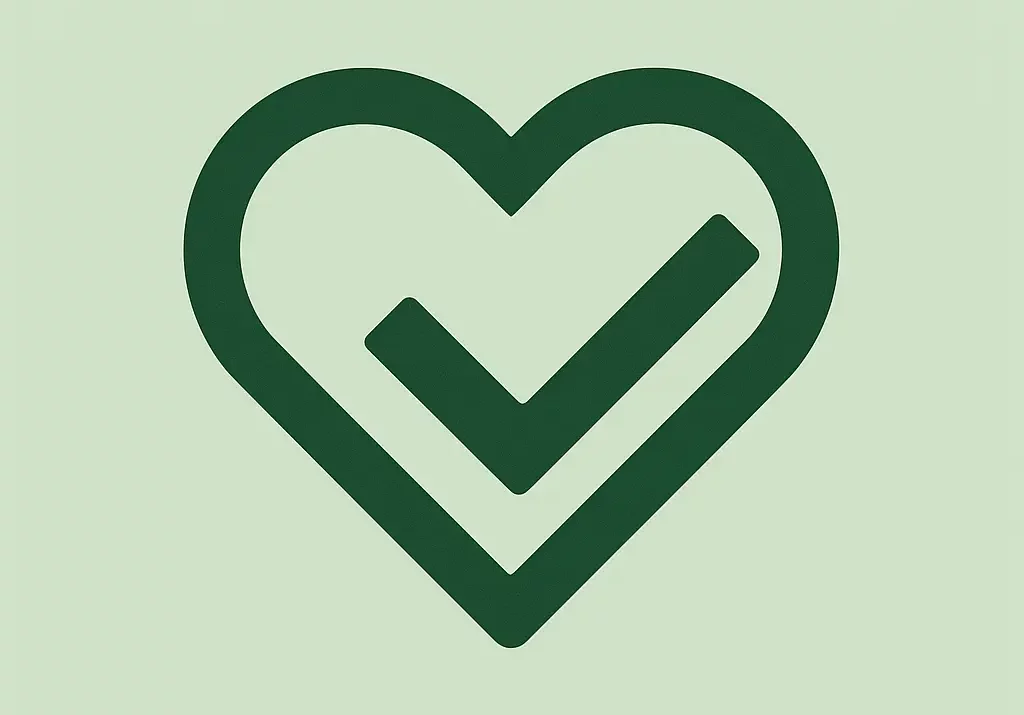
Here’s the thing: I’ve had nonprofit health plans on and off for years. Kaiser Permanente in Northern California. Blue Shield of California on the marketplace. And a Blue Cross Blue Shield plan through my job in Illinois. I even helped my cousin pick a nonprofit Medicaid plan in Washington. So yeah—I’ve lived with this stuff in real life, not just on paper.
If you’d like to see my expanded, day-by-day breakdown of those wins, bumps, and “huh?” moments, take a peek at my companion piece on nonprofit coverage. Read the full story here.
You know what? It’s not perfect. But some parts felt kinder. And cheaper. And sometimes a lot easier.
Quick note: what “nonprofit” meant for me
Nonprofit didn’t mean free. I still paid premiums, copays, and sometimes a big bill that made me gulp. It did mean the insurer didn’t have shareholders. Money rolled back into care, programs, and staff. I felt that sometimes—in little ways. That mission is baked into the structure of nonprofit carriers, which reinvest any margins back into services and community programs rather than distributing them to shareholders (source).
Story 1: Kaiser Permanente (Northern California) — smooth, one-roof care
I had a Kaiser HMO during grad school. I broke my wrist sliding off a curb—graceful, I know. I walked in, got an X-ray, saw a doctor, and picked up a brace. Same building. I was in and out in under two hours. The bill? Manageable. Not tiny, but fair.
The app let me message my doctor and book a video visit for a weird cough. I didn’t have to chase records. Labs and notes showed up in my chart. My therapist was in-network and easy to schedule, but I had to wait a few weeks for a first slot. That wait stung, but once I got in, follow-ups were steady.
Little stuff mattered:
- Lab tech called me by name and walked me through results.
- The pharmacy showed cheaper generics first.
- A nurse line called me back during dinner and actually helped.
Downside? If a specialist wasn’t in Kaiser, too bad. The network is the network. Travel also felt tricky.
Story 2: Blue Shield of California PPO — more choice, more homework
I used a Blue Shield of California plan I bought on Covered California. It’s also nonprofit. I liked picking my own doctors. My dermatologist? Fantastic. My therapist? Out-of-network, and it got messy.
I sent “superbills.” I waited for EOBs (those summary letters that explain what they paid). The numbers confused me at first. Allowed amount, deductible, coinsurance—my brain quit halfway. I made a spreadsheet. Once I tracked it, I saved money, but it took effort.
I needed an MRI for knee pain. Prior authorization was required. That means the plan wanted a “yep, needed” note before they’d pay. My doctor’s office handled it, but it took a week. Not awful, not fast.
Wins:
- Big network. I found a specialist near my job.
- Solid mental health network once I searched inside the portal.
Frustrations:
- Paperwork. I felt like a part-time claims clerk.
- Surprise: the imaging center’s “facility fee.” Not huge, but still a “Wait, what?”
Story 3: Blue Cross Blue Shield of Illinois (through work) — solid and steady
This was my employer plan run by a not-for-profit company. Funny enough, I landed that job after a quirky LinkedIn exchange that started as pure networking and slid into something that felt a lot like online dating; if you’re intrigued by how that mash-up works, check out this explainer on LinkedIn dating—it unpacks creative, safe ways people mingle career moves with romantic prospects and how to keep those conversations from derailing your professional image. Premiums were fair, and the nurse advice line saved me from two urgent care visits. I joined a diabetes prevention program at no extra cost. They sent a scale and nudged me by text. Simple things, but they helped. My A1C stayed stable, and that felt like a small win.
A weird bill popped up once for an out-of-network anesthesiologist. I called member services. They explained the new balance billing rules and helped push the claim through at the in-network rate. Took time, but it got fixed.
Story 4: Medicaid, nonprofit plan (Washington) — zero-dollar care, slower pace
My cousin had a nonprofit Medicaid plan in Washington right after she had her baby. No premiums. No copays. She got a lactation consult, a car seat class, and rides to appointments. The social worker helped with WIC and a food bank list. It was very human.
But the tradeoff was wait times. Some clinics had long lines. Phone hold music lived in my head for a week. Still, the care was good, and the price—well, free is hard to beat.
What felt different with nonprofit plans
- People-focus: I saw more prevention programs. Classes. Nurse lines. Care managers who called back.
- Fair bills (mostly): Not cheap, but less “gotcha” energy. EOBs felt clearer over time.
- Community stuff: Health fairs. Free flu shots. Translation lines that actually answered.
The savings can also stem from the fact that nonprofit hospitals don’t pay federal or state income taxes, sales tax, or property taxes, letting more dollars flow to patient services and community health initiatives (see how it works).
If you want to see how different nonprofit insurers stack up on quality and patient satisfaction, the scorecards at ASQH are a handy, free place to start your research.
What wasn’t different:
- Prior auth still exists.
- Networks can be narrow, especially HMOs.
- Tech can lag. Some portals feel like 2009.
Money talk (real ranges I paid)
- Primary care visit: usually $20–$40 with HMO, higher with PPO until deductible.
- Urgent care: $50–$100-ish, sometimes more on PPO.
- Imaging (like an MRI): big swings. With prior auth, my share ranged from $150 to $600.
- Generic meds: often under $15; brand names could hit hard without coupons.
I used GoodRx now and then. Even with insurance, a coupon sometimes beat my copay. Wild, right?
I also experimented with a smaller regional plan called Taro Health to see how its pricing compared to the big nonprofits—spoiler: it had its own surprises. You can skim the year-long review right here.
Little tips that saved me headaches
- Check the directory, then call the clinic to confirm they still take your plan.
- Look up your meds on the plan’s drug list (formulary). Ask your doctor for the cheapest tier.
- Map urgent care locations near home and work. Don’t wait for a Saturday fever.
- Read the EOB. It’s not a bill, but it tells you what bill is coming.
- If a claim looks wrong, call. Be kind, take names, and ask for a case number.
- Neighborhood classifieds can be sneaky-useful when you need a same-day appointment. Folks in Gwinnett County, for example, sometimes turn to the hyper-local directory at Listcrawler Snellville because the real-time postings help you spot which walk-in clinics or late-night urgent-care spots are actually open before you jump in the car—saving you both gas money and frustration.
Who I think will like nonprofit plans
- Families who want primary care and fast access to basic stuff.
- Folks with ongoing conditions who value care teams and nurse lines.
- People who want community perks, like classes or screenings.
Who might not love them:
- Travelers who need care across many states (unless it’s a broad PPO).
- People who want the newest tech toys in every portal.
- Anyone allergic to prior auth (it’s everywhere, but some plans feel stricter).
My verdict (plain and simple)
I keep coming back to nonprofit plans. Not always, but often. Kaiser was the easiest day-to-day. Blue Shield PPO gave me freedom, with homework. The BCBS work plan was steady and fair. The Medicaid plan for my cousin was a lifeline—slow, but caring.
Would I renew a nonprofit plan? Yes—if the network fits my doctors and meds. I’d give the overall experience a strong 4 out of 5. Not perfect. But human, and that matters.
And hey, if you’re picking during open enrollment, don’t rush. Make a tiny checklist. Doctors, meds, clinics near you. Then call once to confirm. It’s five minutes that can save you five headaches later.
